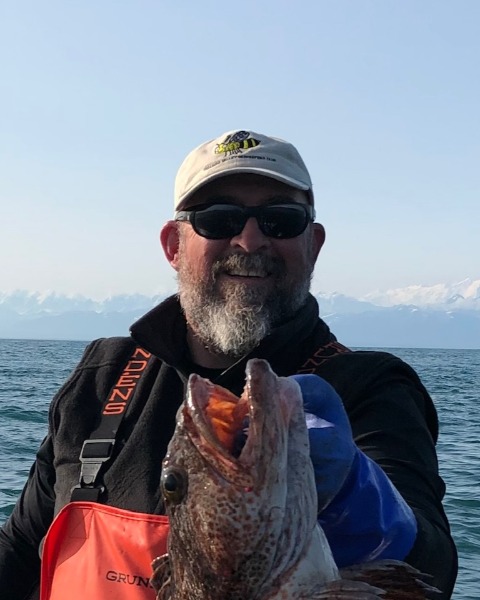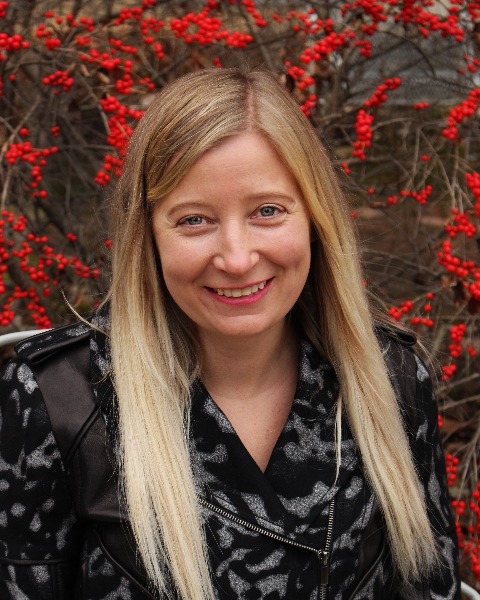Student 10-Minute Presentation
Medical, Urban, and Veterinary Entomology
Student
Student Competition
Do bumble bees bioaccumulate stormwater pollutants found in urban rain gardens?
- DN
David Narayanan
The Ohio State University
Columbus, Ohio - MP
Michelle Pham
The Ohio State University
Columbus, Ohio - DC
Dante J. Centuori (he/him/his)
Graduate Student
The Ohio State University
Columbus, Ohio 
James P. Strange (he/him/his)
Professor and Chair
The Ohio State University
Columbus, Ohio
Mary Margaret Gardiner (she/her/hers)
Professor
The Ohio State University
Columbus, Ohio
Presenting Author(s)
Co-Author(s)
Stormwater management poses a major challenge across legacy cities due to aging grey infrastructure. In the legacy city of Cleveland, Ohio, U.S.A., storm events often lead to sewer overflows, resulting in contamination of nearby waterbodies including Lake Erie. The city of Cleveland manages large holdings of vacant land, and many neighborhoods have implemented rain gardens on these parcels as a means to capture and filter stormwater runoff. These gardens also provide additional ecosystem services, with many incorporating flowering plants as forage for pollinators and other wildlife. Although rain gardens aim to improve the quality of urban environments, it remains unclear whether they facilitate pollutant bioaccumulation and how this may affect insect health. Our objective was to 1) investigate whether bumble bees foraging in urban rain gardens bioaccumulate stormwater pollutants, and 2) compare exposure risk between these ecosystems and nearby vacant lots. We hypothesized that urban rain gardens would be associated with higher pollutant concentrations when compared to vacant lots. To test our hypothesis, we deployed bumble bee colonies in 8 rain gardens and 8 vacant lots in the legacy city of Cleveland, Ohio. Colonies were deployed across a network of urban field sites for two months, with periodical sampling of field-collected provisions using pollen traps. Upon collection from the field, we measured worker body size, fat content, and colony weight to assess bee health. Then, we tested bee tissue and pollen provisions for microplastic, PFA, and heavy metal contamination. Results are forthcoming and will be presented at ESA in November.

.png)

